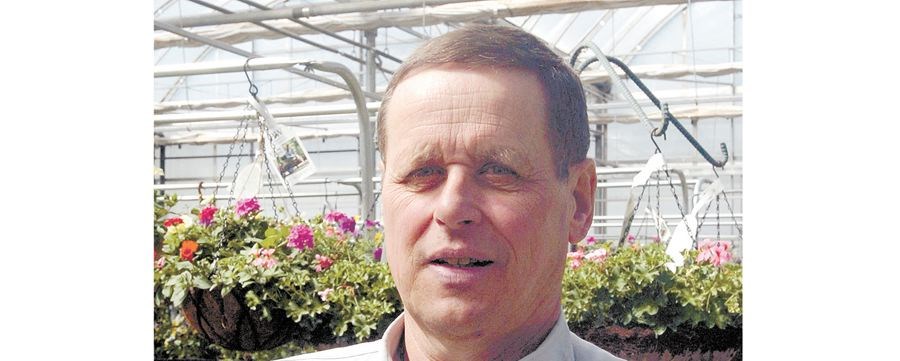There are very few plants in the vegetable garden, where you only need one or two, and zucchini is one of them. One zucchini plant will supply enough zucchinis for the average family and two zucchini plants will give you enough for the neighbours! Perhaps, that is why there are so many different zucchini recipes. Zucchinis are one of the more popular summer squashes that are easy to grow and are very versatile in the kitchen. They are high in manganese, potassium, and vitamins A, and C. They are fat free, cholesterol free, and low in sodium and calories. The average zucchini has only 25 calories, as 95% of a zucchini is made up of water. Zucchini has become a favourite squash in many different recipes and is used to make cakes, breads, sauces, stir fries, deep fried, etc. Zucchini flowers are an edible treat as they can be battered and deep fried. Zucchinis do not require a long growing season, making them a good choice for northern gardeners. They are an easy plant to start from seed, either directly in the garden, or started indoors and transplanted outside after all risk of frost has passed. Start seeds indoors about 3 weeks (early May) before planting them out in the garden. Young transplants are also available in the bedding plant section at the garden centres. Plant zucchini in hills, in a warm sunny location with a well drained soil. They need at least a meter of space to grow in. Zucchini plants need consistent moisture so during dry spells give them a good thorough water. Try to avoid overhead watering, as water on the leaves can lead to mildew. Instead, water the surrounding soil around the plant, and water in the morning.
When the plants are a few weeks old they will begin to produce flowers. Zucchini plants produce both male and female flowers on the same plant, and a zucchini is formed when the female flower is pollinated by the male flower. The male flowers appear first, followed by the female flowers a few days later. This is natures way of making sure that there is enough pollen available for the female flowers. A male flower is grown directly on the stem, and the female flower is found at the end of a tiny swelling which is a tiny zucchini that needs to be pollinated, for it to grow larger. Once the male flower has opened, and released, it will fall off. Sometimes the female flower will fall off before a zucchini fruit is formed. This is because it was not pollinated. Pollinators such as bees or butterflies may not be present or the pollen formed a lump due to too much moisture. To solve this problem, zucchini flowers can be pollinated by hand, by removing the male flower and rubbing it into the pistils of the female flower. Another problem that can occur is 'Squash Blossom End Rot' which is when the bottom end of the zucchini fruit, (where the flower was), goes soft and then rots. This can be caused by inconsistent moisture or a calcium deficiency. A calcium deficiency can be corrected by adding gypsum to the soil. Start harvesting zucchinis when they are 15-20 cm long. This is when they are the most flavourful. If left on the plant, a zucchini can grow quite large but it will loose its flavour and will form large seeds inside and a tough outer skin. The worlds largest zucchini was 69 inches long and weighed 65 pounds.
Many years ago Art Knapps had a Zucchini growing contest. We plan on bringing the contest back this year. There will be more information coming, over the next few weeks.



